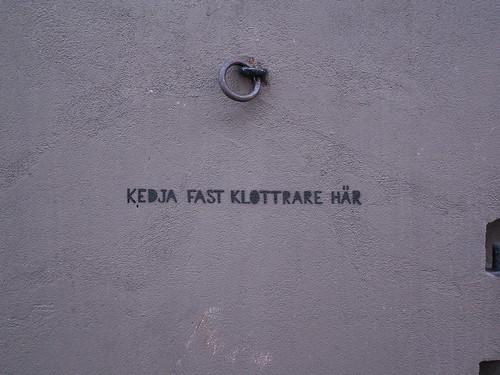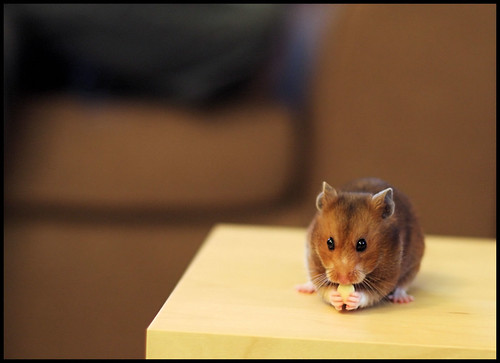In many forum discussions the acronym ianal (I am not a lawyer) is used to denote that the writer is not a lawyer. In all fairness then I should begin this article by adding ianaa – I am not an artist. My interest in the definition of what is, can and should be art come mainly from my work in the field of copyright – even though I have an amateur interest in art.
When I first attempted to approach the question of art in 2003 I was naïve enough to think that there was a simple answer to be found and that it was just a question of locating it. Boy was I wrong. The only thing that I have found to be common to a definition of art at large and art in copyright is that it must have an expressive element.
Most often the artist must intend a work to be art for it to be considered art. But this is not always necessary. In some cases the viewers of the work may raise an aesthetic expression to the status of art despite their being no intention from the creator.
The utilitarian object: A dustpan in my house is not art. A dustpan hanging in the cleaning closet at the museum of modern art is not art. A dustpan hanging on the wall displayed among exhibits of the museum of modern art is art. The creator of the dustpan did not have the intention of creating art however the artist may use this everyday object as a piece of art and display it as art in order to create an aesthetic expression.
In 2004 a survey among 500 art experts chose Marcel Duchamp’s urinal to be the most influential modern art work of all time. The creator of the urinal does not have copyright in it – although he or she may have protection for its design but this protection can only be awarded for the elements of the design that are not their for solely functional use.


Left image of Duchamp’s urinal 1917 photo: Readymade by GriXx (CC by-nc-nd), Right image photo Urinal by Eatmorechips (CC by-nc-nd)
Copyright law is in trouble here since the object cannot be protected as it is and yet it is possible to protect the work via copyright. The photo’s here are the copyright of the photographers. The Duchamp urinal is made specific via his signature and making copies of it are limited since the rights to the work belong to the copyright holder.
Unintentional art: In an recent post about snowmen and copyright I discussed how a snowmen scene (two snowmen pushing and pulling a large wheel over a third snow figure lying in front of the wheel) could be seen as art even if it may not have been the intention of the creators to create anything beyond their own amusement. The creator may, for many reasons, not be intending to create art but the world at large may appreciate the results and classify the work as art. In this case the expression is awarded the full protection of copyright law despite the lack of author intention.
Koko is a lowland gorilla with a sign language vocabulary of 1000 words. Koko has also painted many pictures which have been sold in art auctions.

Bird Red Slice (abstract) by Koko (acrylic on canvas) 1984
The problem with copyright in unintentional art is interesting but it is made even more so by Koko. First, does copyright have a requirement of intent in the expression of art? Here the answer should be no. Second, and more specific to unintentional animal art (Koko is not alone) can animals be authors as understood by copyright law? There does not seem to be a formal requirement to be human in the law but I have been unable to find a non-human copyright holder.
The problem is that this is not the way in which art is defined by Encyclopedia Britannica (login required): “…the use of skill and imagination in the creation of aesthetic objects, environments, or experiences that can be shared with others…” since this definition seems to require the intent of the creator.
Art and copyright are complicated subjects and I think that the only way to end this quote is with a Monty Python classic sketch with the pope discussing art with Michelangelo which ends with a comment by the pope (played by John Cleese): Look! I’m the bloody pope, I am! May not know much about art, but I know what I like!











